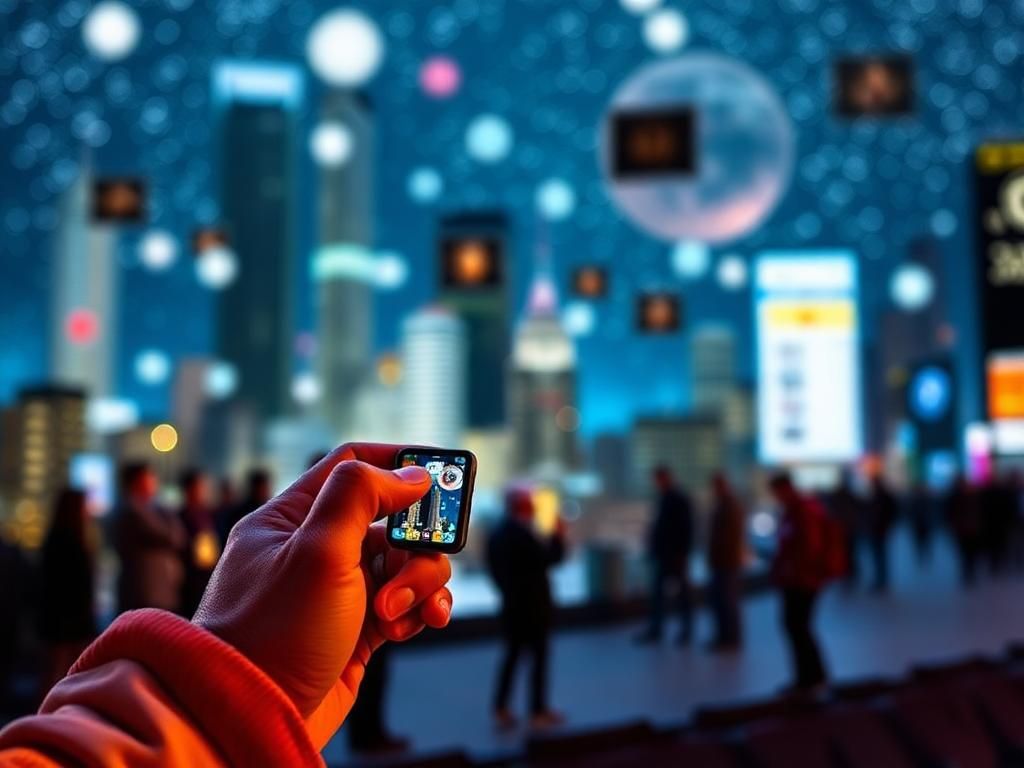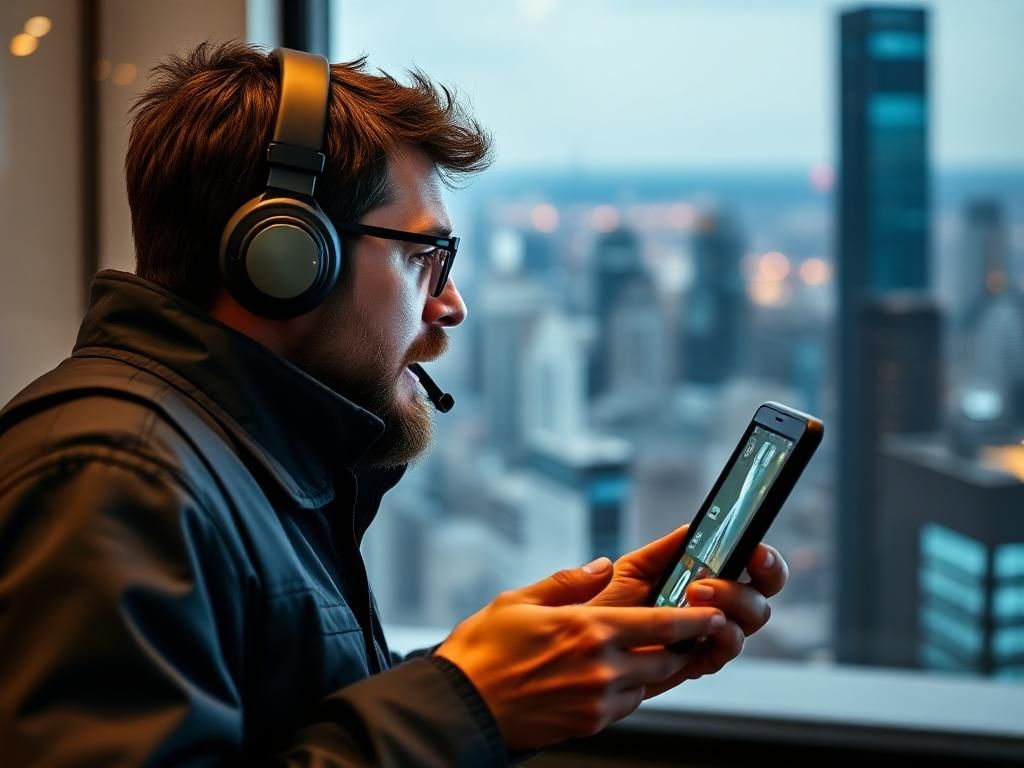Physical Address
304 North Cardinal St.
Dorchester Center, MA 02124
Physical Address
304 North Cardinal St.
Dorchester Center, MA 02124
Imagine a photo that doesn’t just capture a moment but also adds the power of voice, encapsulating the emotions, tales, and nuances of that instant. This is the essence of a talking photo. Unlike traditional images that merely depict a scene, a talking photo integrates audio to provide context, narrate stories, or even share feelings directly from the photographer or subjects involved.
A talking photo is a multimedia representation that combines visual imagery with audial elements. This innovation enables viewers not just to see but also to hear the stories behind the photos. It contrasts sharply with conventional photography, where the only narrative provided is through the visuals alone.
The journey from static images to talking photos has been paved by advancements in digital technology. Early experiments can be traced back to attempts at integrating audio with slides in the mid-20th century. As digital technology evolved, the concept of interactive images started to emerge, leading us to the sophisticated talking photos we have today.
The technology that powers talking photos primarily hinges on a few essential components:
Several popular applications facilitate the creation and sharing of talking photos. Here are a few notable platforms:
Talking photos can significantly enhance personal storytelling. By capturing family memories and adding voice narratives, users can provide context that static images fail to convey. Imagine a grandparent sharing a cherished memory tied to a specific photograph—this adds layers of meaning and a unique emotional touch.
In education, talking photos serve as interactive learning tools. For instance, museums have started incorporating these multimedia elements to engage visitors more profoundly. When you scan a talking photo alongside an exhibit, you may hear about its historical significance or the stories of the people involved, fostering a richer educational experience.
Brands are creatively leveraging talking photos in marketing strategies to connect with customers on a more personal level. For example, a fashion brand might share a series of talking photos displaying models in outfits, accompanied by narratives from designers discussing their inspirations. This approach not only captures attention but also builds a personal connection to products, enhancing customer engagement.

One of the standout benefits of talking photos is their potential to forge a deeper emotional connection. The human voice conveys feelings that mere images cannot; it can share love, nostalgia, or joy, allowing viewers to relate more profoundly to the content.
Talking photos also significantly enhance accessibility, particularly for visually impaired users. By incorporating audio descriptions and personal narratives, these multimedia tools can ensure that stories are shared inclusively, allowing everyone to experience the content.
Compared to static images, talking photos offer increased interaction. The unique combination of voice and visual engagement encourages viewers to revisit and share the content, fostering a community around shared stories and memories.
Despite their benefits, talking photos do face challenges, such as technical limitations regarding file size and quality. High-quality audio can significantly increase file size, posing difficulties for sharing across various platforms. Compatibility issues across devices can also hinder user experiences.
When it comes to sharing personal stories, privacy remains a significant concern. Individuals need to consider the implications of sharing intimate narratives and how to safeguard sensitive information while creating talking photos. Implementing secure sharing methods can mitigate risks.
Identifying target audiences for talking photos is crucial for widespread adoption. Some individuals may resist embracing new technologies due to a lack of understanding or comfort. Providing effective tutorials and demonstrating the benefits can help overcome these barriers.
As technology continues to evolve, we can anticipate significant advancements in talking photos. The potential for AI-generated voiceovers could make narrating easy and accessible to everyone. Furthermore, integrating augmented reality (AR) and virtual reality (VR) into talking photos may result in immersive experiences that challenge traditional storytelling methods.

The market for talking photos shows signs of growth, especially in sectors like education, marketing, and personal media. Predictions indicate an increase in demand for multimedia content as social media platforms continue to evolve and engage users with richer narratives.
In summary, talking photos represent a fascinating fusion of visuals and audio that enhances storytelling in personal, educational, and commercial contexts. By providing emotional depth and interactivity, they are reshaping how we engage with images.
Now is the perfect time to explore the world of talking photos. Consider trying out apps like Talkie or PhotoSpeak to create your own multimedia stories and engage with this innovative technology.
To further explore the technology behind talking photos, you can check out informative articles on TechCrunch or HuffPost.
There are numerous tutorials available online to guide beginners in creating talking photos. Look for step-by-step instructions that simplify audio integration with images.
Joining communities and support groups where users share their talking photos and experiences can open up a network of creativity. Platforms like Facebook and Reddit often host such groups.
| Category | Description | Benefits |
|---|---|---|
| Definition | Integrates audio with images for storytelling. | Enhanced emotional connection. |
| Core Technology | Voice recording, image integration, QR codes. | Easy accessibility and sharing. |
| Applications | Talkie, PhotoSpeak, etc. | User-friendly interfaces. |
| Creative Uses | Personal storytelling, education, marketing. | Engaging experiences. |
| Future Trends | AI voice, immersive AR/VR. | Rich narrative experiences. |